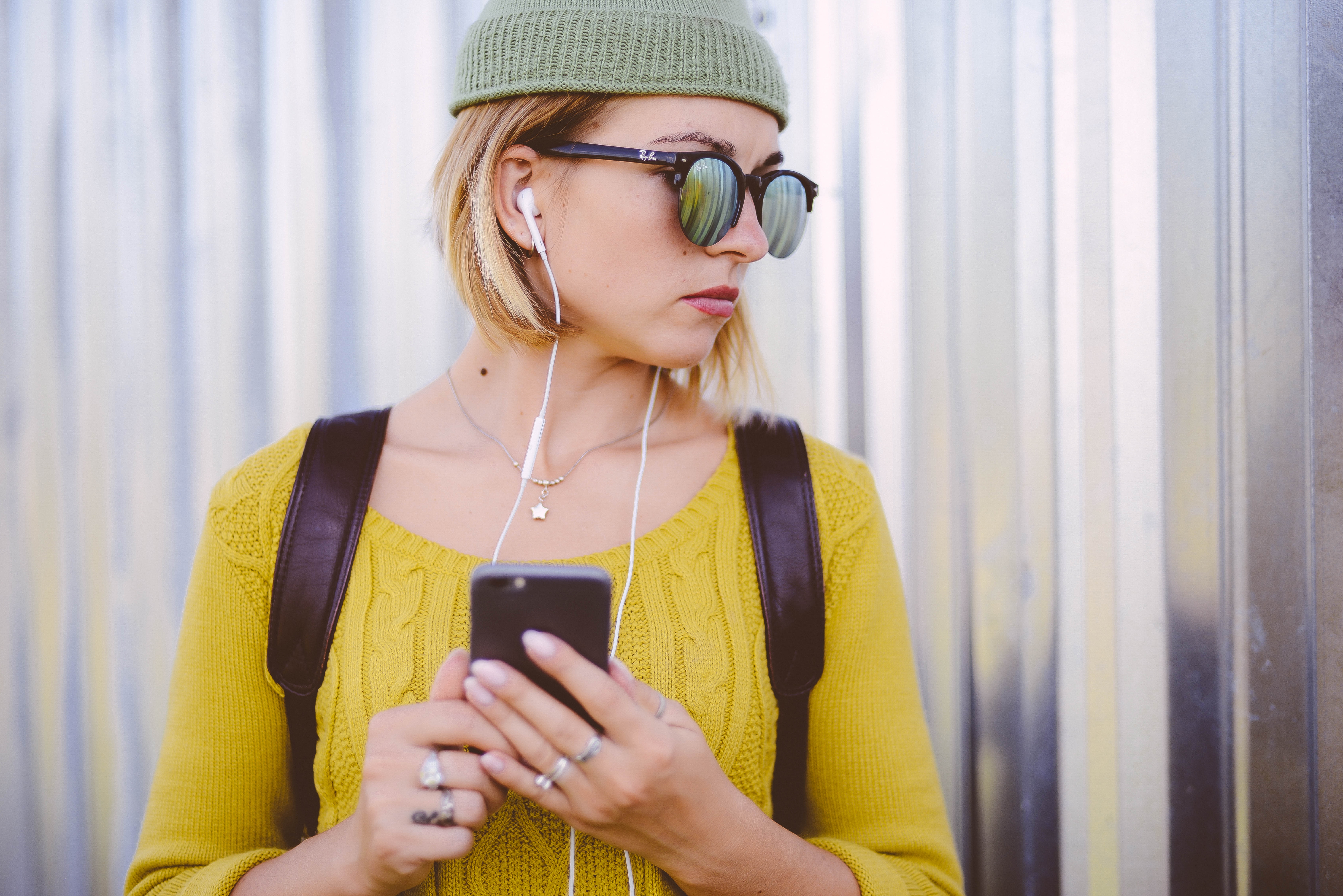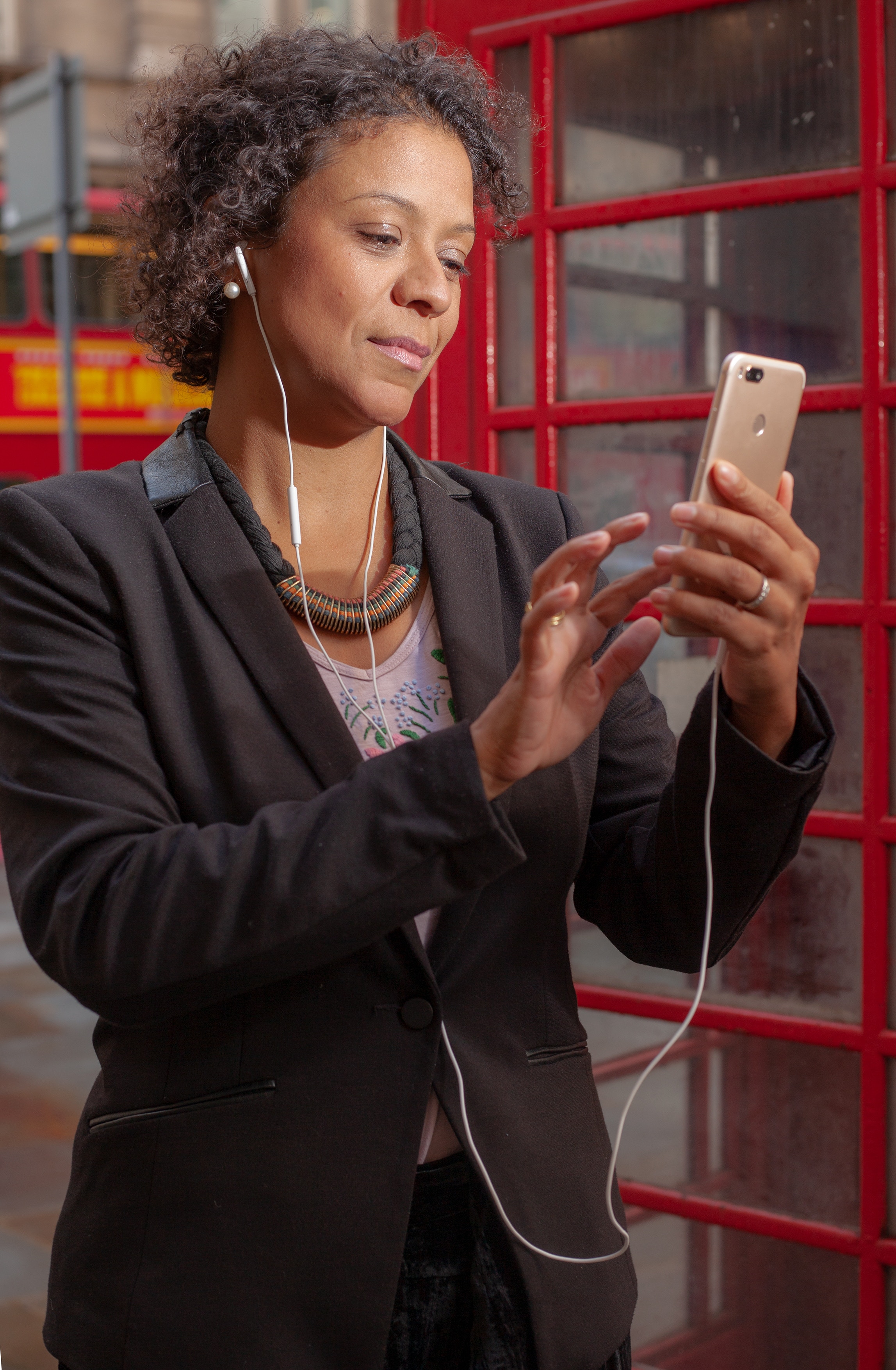Starving for Engagement: Why Restaurants Apps Failed to Satisfy Customers’ Appetite
6 Min Read By Dennis Becker
Since the introduction of Apple’s iOS App Store in the summer of 2008, the number of apps has risen from an initial 500 to millions in just a few years. However, the restaurant app’s lifespan hasn’t been as fruitful. Over the last few years, many were developed, but few survived. Why?
Restaurants took hold of the app opportunity with an initial function of helping customers find the nearest locations, hours – basic information to essentially replace the Yellow Pages. Over time, the realization was that restaurants needed to meet the promise of the app experience, and introduce new ways to interact with customers. For restaurants, this meant providing the ability to order, make payments, have food delivered (or pick up) and manage loyalty with a simple, rich and more engaged mobile experience. Sadly, most have struggled to deliver.
Are apps for restaurants the right mobile approach to engage customers, increase visits, and develop a level of loyalty? In 2019, I believe an unlikely hero: Rich Communications Services (RCS) and more specifically Google’s Rich Business Messaging (RBM) implementation as the next level of SMS messaging – will blow apps out of the water.
Restaurant Apps Were a Good Idea
The novelty of restaurants getting in the app race was great. They saw the app as an opportunity initially to help customers find the nearest restaurant, look at the menu and provide a discount or other incentive with the initial app download. Unfortunately, reality set in as users started abandoning the apps. Why? The apps lacked an understanding of the core customer journey – the experience was not robust and rich (instead, it increased friction), lacked processes to capture data to better understand the customer with each visit, and had little or no connection with the point-of-sale, where the transactions actually occurred. These missteps led to the growing abandonment rate and churn of users. It is clear that restaurant apps had their moment, but lost in the end by not understanding the long-term goal of customer retention.
Despite the rate of failure, restaurant apps did take a great portion of marketing budgets over the past several years. Most QSR and fast casual restaurant chains turned their focus to apps to expand their brand on mobile, but knowing the failure rate, was it the best approach? If you are considering an app, ask yourself this: Does this approach on mobile ensure a more effective way to communicate with and understand your customers, while maintaining their loyalty?
Starbucks understood these goals and achieved them. As one of the best-in-class mobile experiences, the Starbucks app has very little competition. The app has garnered a higher number of users than Apple Pay, Google Pay, and Samsung Pay according to eMarketer. Even more, Starbucks said that “its mobile order-and-pay system accounted for 12 percent of all U.S. transactions” in the first quarter of this year. Now, if you’re a CMO at an up-and-coming restaurant brand, you’re probably salivating at the data from customer analytics, preferences, and purchase history. But what you should know before you build out or overhaul your mobile effort is that Starbucks is surely the exception, not the rule.
According to Localytics, the average e-commerce or retail app can expect to retain only 23 percent of users after 90 days, with the average user-churn adding up to a massive 71 percent of app users across all industries. And that app abandonment rate is only even an option to about 75 percent of customers according to Pew Research. Here are some reasons why restaurant apps have failed as they:
- Lacked features for today’s customers including ordering ahead, loyalty programs, discounts.
- Didn’t delivery significant value to be used every day.
- Did not include compelling customer features (e.g., nearest location, displaying the menu, ordering ahead).
- Were slow and unintuitive, creating a poor customer experience.
But there is a way to evolve your app and provide a great experience, understand your customer and their individual journey (each time), and keep them that is even more cost effective than an app.

Pass on the App – Consider RCS Instead
A simple way to directly impact your bottom line is by increasing customer frequency and spend. It’s cheaper, easier, and more effective to retain a loyal customer than it is to acquire a new one. So before you start looking into the introduction of a branded mobile approach to your marketing plan, you should gauge what kind of retention you can expect from your current customers.
RCS messaging is aiming to be the next evolution of SMS messaging with a rich media “app-like” approach. Messaging is the most used “app” by consumers on any smartphone platform, and RCS is ready to take that messaging experience to the next level. To date:
- In 2018, the GSMA stated that five billion people around the world have the ability to send and receive messages via SMS.
- The number of monthly texts sent has increased by more than 7,700 percent over the last decade per Statistic Brain’s U.S. Text Messaging Statistics.
- According to the Pew Research Center’s study on U.S. Smartphone Use in 2015, 97 percent of Americans, in particular, text at least once a day.
- 82 percent of consumers keep SMS notifications [native, iMessage and Android] turned on according to Twilio’s Messaging Consumer Report.
Another key point is the data RCS obtains. This can be used to customize to every customer interaction to provide a better experience each time they experience your RCS campaign.
CASE STUDY: Subway
The Challenge
Subway began using SMS in 2015, acquiring almost six million opted-in consumers who get weekly offers on mobile. By 2018, they wanted a more personal, on-brand, interactive way to connect with customers and drive engagement. Subway teamed with Arizona-based Mobivity, aggregators who focus on driving repeat sales. “When they brought Rich Communication Services (RCS) to us, we thought it was an incremental change from an operations and execution perspective that could yield a sea change of results,” says Carissa Ganelli, Subway’s Chief Digital Officer.
The Approach
RCS upgrades SMS with branding, rich media, interactivity, and analytics – essentially all of the rich interface experiences of an app without the consumer pain of discovering, installing, and maintaining login credential for another smartphone app. For brands, it delivers countless possibilities for engagement and on-brand customer experiences. “As marketers, we know that images usually sell more and lift conversion rates, and that you can't do any of that in SMS,” Ganelli says. “Consumers don't have to download anything to get that graphical interface since RCS lives within the native messaging app.”
The restaurant chain began test campaigns in Los Angeles, Houston, and Cincinnati, and they have since expanded into more US markets. Subway and Mobivity conducted A/B testing, with one group receiving the offers via RCS and the other SMS. The words matched exactly, but the RCS version included brand and product images and buttons.
Subway ran two offers. The first week they promoted two foot-long sandwiches for $11.99. The second week, it was a $20 meal deal (which typically delivers a lower redemption than the other price point discount). The RCS-versus-SMS test campaigns required no additional training for Subway restaurant staff. Ganelli sees big things ahead for Subway’s use of RCS, “We’re going to keep using RCS in more markets. It’s really exciting!”
The Results
Ganelli marvels at the “blow-the-doors-off” response rates from RCS. The conversion rate was 140 percent higher than for standard SMS for the two-sandwich deal, and 51 percent higher for the $20 meal deal. Ganelli notes, “Because of the RCS technology, the only thing that would have surprised me is if it didn't have a higher response rate.”
- 140 percent more conversions (sandwiches)
- 51 percent more conversions (meal deal)

Effective Marketing and Engagement Tool
As a proven engagement tool, RCS messaging’s speed, agility and performance enables a great customer experience in which customers use on a daily basis. Here’s what RCS can do for restaurant marketers:
- Deliver core functionality of advanced restaurant smartphone apps plus the ability to chat directly with customer support representatives.
- Turns any mobile device into a point of sale with order ahead and payment thanks to native integration with Google Pay.
- Converts transactional and marketing messages to customer engagement opportunities without needing to download an app.
- Deliver offers and promotions to opted-in users with rich media in the form of images, video, rich cards and carousel views.
- Track user engagement in the form of message views (read receipts), clicks, shares and location.
- As RCS matures, mobile devices will offer a ‘Chatbot’ directories, similar to app stores, to help consumers discover RCS-powered services like delivery, loyalty management and customer feedback with a simple tap.
For restaurants, the winning solution to retaining your customers is keeping them engaged. Many restaurant apps lacked value and created too much friction to retain consumers, so their potential for failure was imminent.
All in all, providing customers a rich mobile experience, meet their needs today and tomorrow and optimize their engagement with every visit you will win every time. That winning formula is RCS. The future is around the corner to achieve just that. The GSMA is predicting that 86 percent of smartphones will be RCS-enabledby 2020 – proving this point.


